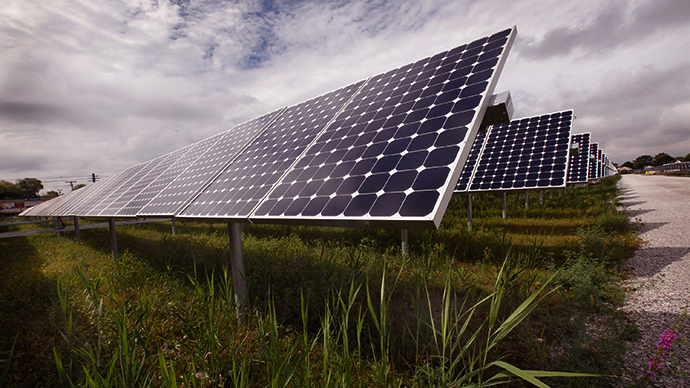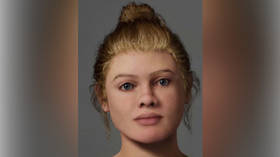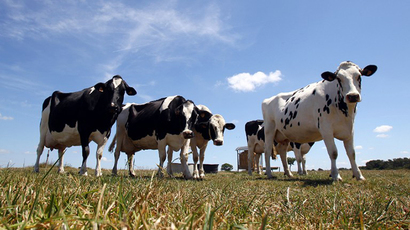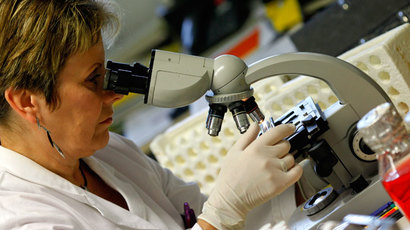‘Living materials’ could revolutionize solar panels and biosensors

Researchers are working to create “living materials” that are a combination of bacterial cells and nonliving materials that conduct electricity, which could create more efficient solar panels or biosensors.
A team at MIT used E. coli – which produces biofilms, or coalesced bacteria that organizes to survive – to grow proteins on a surface. Different protein fibers chose to interact with various nonliving molecules, Quartz reported on the team’s ongoing study first published in the journal Nature Materials.
The MIT researchers first introduced gold nanoparticles into a biofilm with compatible protein fibers. Bacteria took to the fibers and worked to create functioning circuits. They believe other nonliving matter, like some metals or possibly “organic conductors of electricity like grapheme” could be incorporated using the same method.
“When you look around the natural world, you can see that biology has done a great job of designing unique materials,” researcher Timothy Lu told Quartz. “But in our day-to-day lives, we use materials that aren’t alive in any way.”
For instance, plastics take a considerable amount of energy to produce and use, Lu said.
“The goal is to find a way to engineer living cells so you can make them into materials you might not find naturally,” he said.
In the process, biofilms could also build their own nonliving components.
“Think of how bone works: you eat certain minerals, and they get formed into a structure in the body,” Lu said. “We could give the bacteria the precursors, and let them build the materials themselves.”
Offering biofilms various materials in order to evolve, the bacteria communities could select desirable traits that help find the best way to utilize proteins and nonliving entities to conduct a certain function.
Lu says an adhesive may be a jumping-off point for the method.
“We can imagine having glues that are alive, where the glue could sense if its seal broke and self-repair. That’s a longterm goal, of course,” he said.
Successfully marrying living and nonliving cells could work particularly well with solar panels or biosensors, the researchers said.
“We’re using E. coli now, but there’s no reason why we couldn’t use photosynthetic cells in the future,” Lu said. “And then, you could just stick it in the sun and grow all the material you want!”















